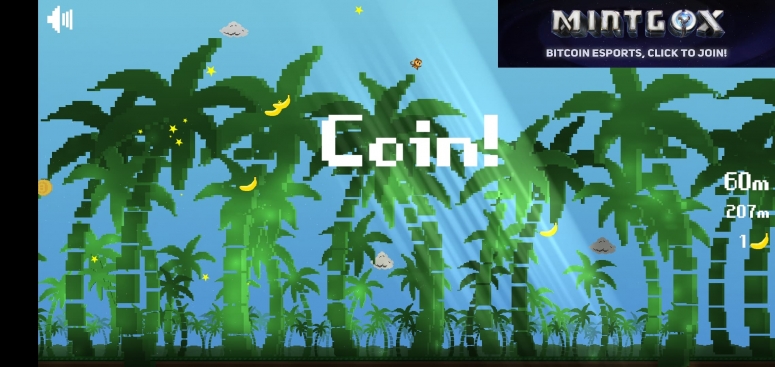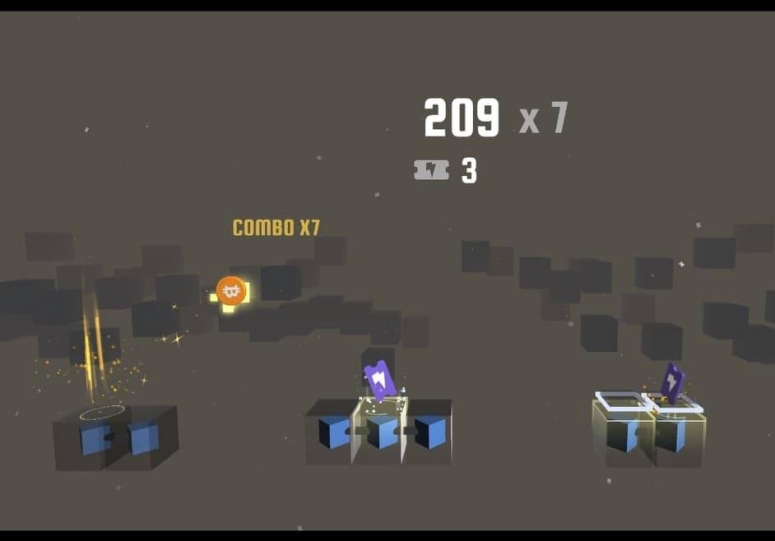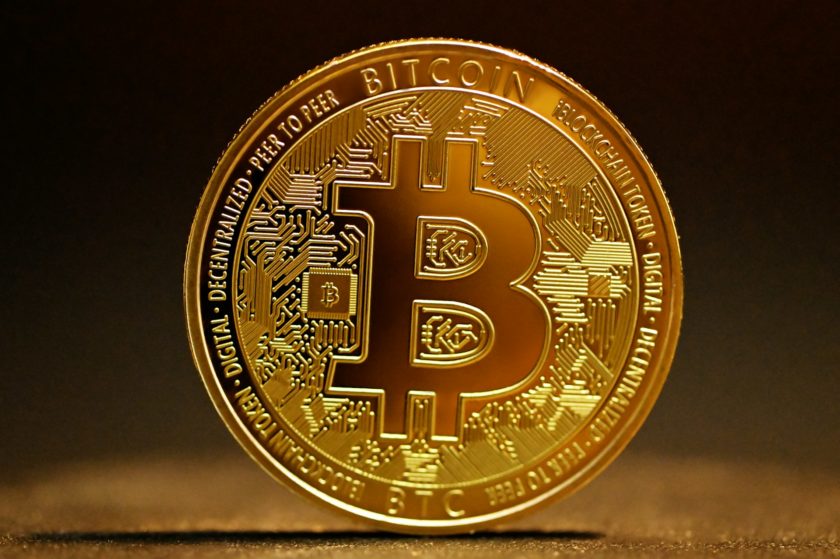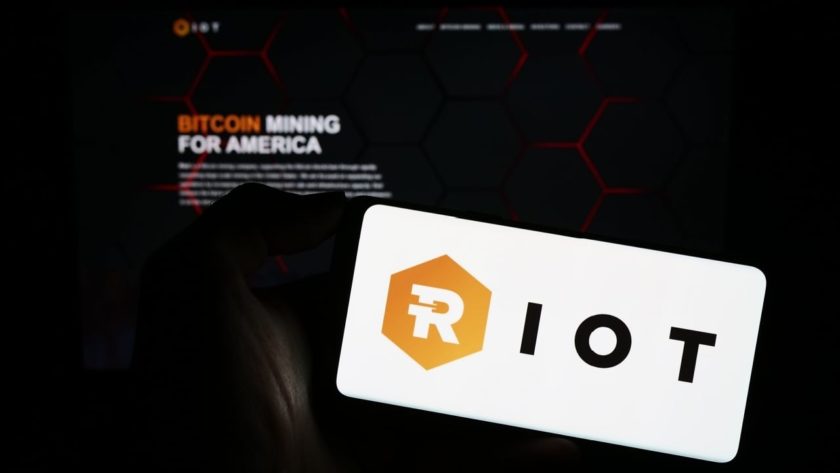- Gaming developers have begun integrating Bitcoin’s Lightning Network into their own games and existing titles to provide players with bitcoin payouts.
- The Lightning Network is a payment protocol that facilitates fast, near-feeless transactions on a network that operates with different rules than Bitcoin’s primary network.
- This in-game rewards economy offers everyday gamers a “stake” in the game and an opportunity to monetize their hobby, a privilege typically enjoyed only by the Goliaths of the professional esports industry.
The end of the match was nothing special. From the outside, it looked like any other Counter Strike: Global Offensive (CS:GO) esport match, until the final results rolled in.
After the winners were announced, a QR code popped up in the corner of the screen with the message: “You have won 8,673 sats!” (sats being short for “satoshi,” a microunit of bitcoin).
This sats reward corresponded with the player’s match points, the in-game scoring system that traditionally only exists as a means to gain experience points to “level up” in the game. Except these points weren’t just in-game currency, they were actual money that could be withdrawn from the game.
A play-for-pay plugin from software developer ZEBEDEE called Infuse makes this possible. It uses Bitcoin’s Lightning Network to facilitate instant, near-feeless payouts to players. Previously in closed-beta, ZEBEDEE’s CS:GO servers are now open to the public.
The release brings Lightning Network compatibility to a mainstream game title for the first time, and it’s something of a milestone for a fledgling industry that uses Lightning-powered games to reimagine how players interact with (and monetize) their favorite pastime.
Lightning Network gaming
ZEBEDEE is just one of a handful of pioneers in the growing (but still rather niche) intersectional industry of bitcoin and video games. They’re approaching Lightning-integrated gaming a bit differently, though. Instead of building a Lightning game from scratch, they’re bringing the Lightning Network to a game with 28 million monthly active players.
“[An] interesting change in the past year has been the drive to bring bitcoin to already popular games. It’s widely known that developing games that reach any level of success is a monumental task,” Des Dickerson, the VP of business operations at Lightning Labs and a MintGox organizer, told CoinDesk.
“In response, companies like ZEBEDEE are restructuring their approach and making it possible to integrate bitcoin into games that have already reached massive adoption.”
The MintGox esports tournament series (that’s “magic internet gathering,” in playful homage to the Mt.Gox exchange and its roots in Magic the Gathering) is a collective that features games from ZEBEDEE, Mandel Studios and Donner Labs.
The monthly tournament series pays out prize pools in bitcoin, with each game providing its own twist on Lightning functionality. Donner Lab’s Bitcoin Bounty Hunt, the first-to-launch Bitcoin shooter, pays out satoshis per kill like the CS:GO integration. One of ZEBEDEE’s from-scratch games, Bitcoin Rally (a Mario Kart clone), litters the road in sats; players can collect these digital coins and chuck them at opponents to stun them, or they can keep them for payout at the end of the match.

Dickerson told CoinDesk that the tournament series “has grown significantly over the past year with much of the growth happening over the last few months.” MintGox’s viewership was roughly 100 at launch, she said, and the inaugural event saw fewer than 1,000 transactions.
Now, 11 events in and counting, Dickerson said MintGox “regularly [sees] 6,000 viewers … and around 15,000 transactions” per installment.
The creators driving this growth believe they are at the forefront not only of a new economic standard for the video game industry but of an entirely new dynamic for how you capture attention and engage players and spectators.
Shootin’ caps and stackin’ sats
In ZEBEDEE’s case, the new dynamic is giving esports players skin in the game.
“The idea is that having a stake that has value, rather than just time invested and in-game points, creates a greater connection to the game. It’s the classic theory of having skin in the game. So you have some value that represents your invested time and it’s there, it’s permanent, you can take it out of the game,” ZEBEDEE CEO Simon Cowell told CoinDesk.
And, of course, it works the other way around, too. “When you get shot, there’s actual economic impact,” he said.
In the future, the gaming studio will supply sats from sponsors for some matches, but for now users can front their own money to play in one of three servers: 100 sats, 1,000 sats or 10,000 sats. Each match allows a maximum of 16 players (so a match in a 10,000 sats server would have a total prize pool of 160k sats)
“If your 1,000 points are actually 1,000 sats, you’re going to want to play better or play more matches to recoup anything you’ve lost,” said Cowell.
One of the first first-person shooters to conceptualize Lightning gameplay, Satoshis Game’s Lightnite, is a completely from-the-ground-up, battle royale inspired by Fortnite; it debuted in 2019 at The Lightning Conference in Berlin. Players earn satoshis by eliminating others from the sudden-death, one-player-take-all match. The game uses Blockstream’s Liquid Network to tokenize non-fungible player and weapon skins.

The rewards economy
When ZEBEDEE supplies the prize, it takes a cut from the advertising revenue, Cowell said. Jack Everitt of THNDR GAMES, which makes the Bitcoin Bounce and Turbo 84 mobile games, has used this model to fill prize pools for his own games. In Everitt’s flagship game, Bitcoin Bounce, players collect tickets bounding across Bitcoin’s blockchain. These tickets can be entered into a raffle that pays out sats from THNDR GAMES ad revenue, Everitt told CoinDesk.
It’s a way for users to actually monetize their time on the game and earn a share of the related ad revenue. It doesn’t hurt that it’s also a good way to keep users coming back for more, Cowell said.
“You can take the bitcoin that funds your games out of your existing marketing budget. And it’s actually more effective than traditional advertising because by giving users sats rewards in game, you incentivize them to come back,” Cowell said.
This model, a kind of rewards economy that gamifies user attention, is becoming a popular new standard for startups in the Bitcoin realm. Flagship rewards programs like Lolli and Fold, which offer users sats-back rewards for purchases at participating merchants, have evolved into bitcoin-back debit cards (such as Fold App’s own) and sats-back programs at gift card exchanges like Bitrefill.
Sarutobi, a game developed by ZEBEDEE developer Christian Moss, pays out satoshi rewards for collecting in-game coins, all from ad revenue.
THNDR GAMES’ Turbo 84 incorporates a spin wheel for daily prizes, and in Bitcoin Bounce, players collect tickets that are automatically placed in a daily raffle for satoshis, both of which are paid out of THNDR’s ad revenue.
“With the spin wheel [and the tickets], the idea of the spin wheel is to get them to come back. Oh, what have I won today, what have I won today,” Everitt told CoinDesk.
With the Lightning Network, “you can have more direct interaction with users,” Cowell said. For instance, he hypothesized, sponsors or viewers could drop in-game powerups with Lightning payments, in-game ads could feature QR codes for rewards and corporate sponsors could drop a bot in-game that you shoot for sats.
Bitcoin gaming, not blockchain gaming
The Bitcoin gaming community is still small, and a lot of its growth comes more from the bitcoiner side of the track than from the gamer side.
Lightnite has roughly 2,000 users, Satoshis Games COO Carlos Borlado told CoinDesk. Based on leaderboard information on Bitcoin Bounty’s website, it has some 1,200.
“MintGox and these bitcoin gaming companies have captured the attention of the Lightning and bitcoin communities over the past year. But we haven’t even begun to penetrate the traditional gaming space,” Dickerson said.
She continued that, since “blockchain solutions” were peddled to the video gaming industry in the last market cycle, the initial coin offering (ICO) bubble popped a lot of the video game industry’s enthusiasm for cryptocurrency integrations.
That’s why these builders aren’t building anything “on the blockchain” – they’re just building new payment rails.
Borlado said esports players need to “lose their fear of Lightning wallets” so that adoption of these games increases, but that “once they do, they will never go back.”
For its part, ZEBEDEE built Infuse and its Lightning-gaming focused wallet, which can sync a player’s Twitch streaming accounts to their gamertags for Lightning games and QR codes for payouts.
The Infuse plug-in itself is not limited to CS:GO, and ZEBEDEE is running polls to see which games its users want to see supported next, like Battlefield, Call of Duty, Dota 2, Minecraft, Rust and Team Fortress 2.

Esports meets bitcoin
For Cowell, Lightning Network tips can democratize the competitive gaming industry and give gamers the potential to monetize their skills outside of the professional esports arena. The international esports industry is projected to grow to $1.5 billion by 2023. The winning teams in global tournaments for Dota 2, for instance, have been known to take home $15 million in prize money.
Though only a fraction of gamers ever get good enough to reach the big leagues, any gamer can earn bitcoin playing in public bitcoin matches, Cowell said.
“Instead of having to go to a professional esports tournament, you can play online to earn money. That’s the whole point of it. This isn’t my phrase, but it’s the ‘democratization of monetization.’ Once money is software, any stakeholder in the gaming industry can create mini-businesses in the game.”
It’s too early to say bitcoin has changed the gaming industry. But Dickerson said the real transformation comes when bitcoin sees further adoption into mainstream titles like CS:GO.
There are millions of esports players waiting to onboard onto bitcoin, and gaming is the way to get them a seat on the ride, Dickerson said.
“Exposing those users to the possibilities of bitcoin will change the video game industry as it currently stands. Imagine the potential when integrated into other popular games like Fornite, Call of Duty, Minecraft and more. This is when we will witness mass bitcoin adoption.”







